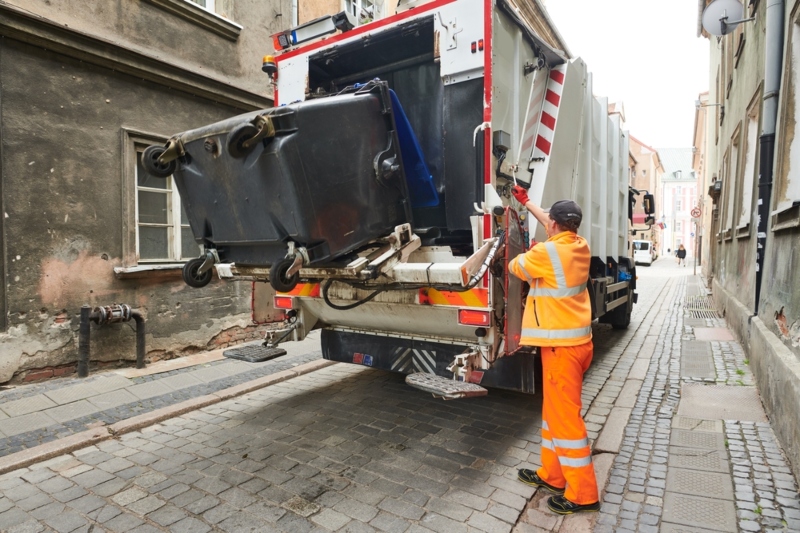Chris Jones, chairperson of the Waste Industry Safety and Health Forum (WISH), says it’s time we made sure Simply Safe went alongside Simpler Recycling.


If there’s one thing that we should be used to in the waste and recycling sector, it is change. The way we collect waste and recyclables is radically different to what was happening 10 years ago and would have been unimaginable 20 years ago. And yet, to paraphrase a French philosopher, ‘The more things change the more they stay the same.’
The serious injury and fatality rates in the waste and recycling sector are significantly reduced over what they were a decade ago. Yet they remain stubbornly high, and waste and recycling remains one of the most dangerous industrial sectors in the UK today.
The impact of Simpler Recycling on recycling and participation rates is the subject of much debate, but what of the likely impacts on the health, safety and wellbeing of those affected by the sector?
Most of the binlifts used to collect waste and recycling in the UK today are fitted with a mode which allows the bin to be automatically emptied when it is presented to the vehicle. The use of such automatic modes can speed up collection rates by more than 30% in urban areas. Without the efficiency of automatic binlifts, the UK collection fleet could not clear the waste and recycling that society generates every week.
In January 2023 a refuse collection vehicle (RCV) in Coventry equipped with a binlift working in automatic mode entangled the coat of an operative who was then lifted into the compaction equipment and killed. The operative was not the first to be killed by a binlift operating in automatic mode in Great Britain. It has happened several times before. A search of Health and Safety Executive (HSE) data revealed more than 500 serious injury accidents had occurred involving binlifts in the previous 10 year period – and they were just the ones that got reported. The fatal accident in Coventry, however, at last provided the spur for operators, equipment manufacturers, and the regulators to work together to improve the safety of binlifts when operated in automatic mode.
We haven’t solved the problem yet and are still having to rely on using instruction and training to keep people safe. But more than 30 years after the first automatic mode binlifts were introduced in the UK, progress is being made. We can hope that this particular source of injury will be prevented for new build machines within the next five years.
Three weeks apart, at the end of January and the start of February 2024, two young children were killed by reversing waste and recycling vehicles in Scotland. They were not the only ones killed by waste and recycling vehicles in 2024. There were at least four other members of the public killed by reversing trucks. Last year was a not an untypical year for the industry in this regard. Workplace transport (primarily reversing vehicles) is responsible for over 30% of the major injuries caused by waste and recycling activities.
Improved sensing technology, cameras fitted to the vehicles, and even the simple deployment of crew members to keep members of the public away from manoeuvring vehicles, can prevent all of these deaths and injuries. This will only happen if the vehicles come equipped with the technology as part of the standard specification for the vehicle to be safe, not expensive extras that cash strapped local authorities and operators can choose not to fit, and if the crews are actually deployed to protect the public every time the vehicle manoeuvrers, not just some of the time.
Automatic mode binlifts and vehicle reversing are just two examples of a long list of safety issues that the industry has struggled to properly control for years that remain with us today. Guidance and support on how to manage these hazards and risks is available from HSE, WISH, the Environmental Services Association (ESA) and others, but because of the pace of innovation and change, such guidance gets overlooked and ignored. In safety terms the challenges remain unchanged.
Simpler Recycling is likely to result in a greater collection and handling effort – more vehicles to collect additional separated recycling streams and more food waste collection. This means more vehicles, equipped with more highly efficient automatic mode binlifts, and more manoeuvring and reversing in residential areas and, sadly, if we do nothing, more opportunities for things to go wrong.
Time we made sure that Simply Safe went alongside Simpler Recycling.
This article was originally published in the Spring 2025 issue of LAPV. Sign up here to receive your free copy of future issues.